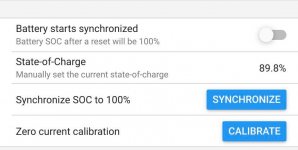wildebus
Full Member
- Posts
- 7,439
- Likes
- 11,285
you didn't misunderstand, and I did suggest that.I misunderstood your first post David, I thought you'd suggested it was OK to charge Lifepo4 below zero as long as it was done at low current. The flow chart doesn't show that, only a means of using available solar to heat the packs prior to charging.
150W of solar isn't something that's readily attainable in the winter for your average camper but anyone with directional panels could possibly benefit from the above and if the control unit isn't commercially available? then it would be a relatively simple device to construct with either logic ICs or an Arduino / Raspberry Pi.
Merl
Have a look at the flow chart again..... (and follow the flow and not stop at just the initial "Turn on Heating Function" text)

